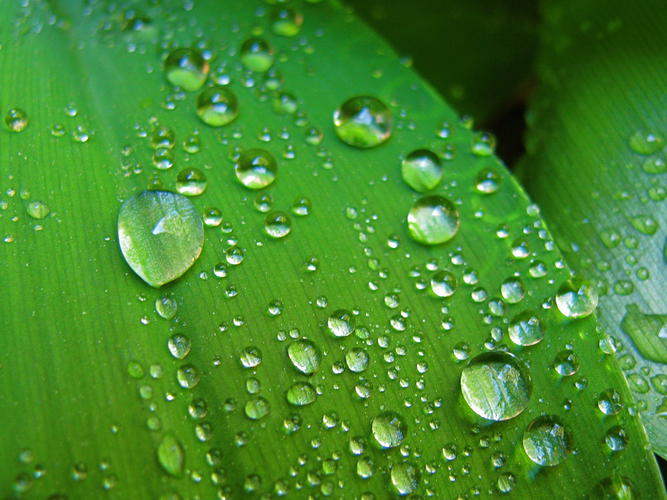Results 21 to 30 of 38
Thread: Lathering a barber hone
-
10-03-2015, 12:24 AM #21

Ok.... I am getting lost here...
From what I see of this surface tension of water idea is that the surface tension of water will hold the edge up from contact with the hone and therefore creating less resistance, less abrasion.
By adding soap to the mixture the surface tension of the water would be reduced and allowing the edge to contact the hone. Therefore creating more resistance, more abrasion, between the hone and the edge.
-
10-03-2015, 02:40 AM #22

![Name: 20151002_181422[1].jpg
Views: 96
Size: 29.8 KB](https://sharprazorpalace.com/attachments/honing/214102d1443839977-lathering-barber-hone-20151002_181422-1-.jpg)
![Name: 20151002_181359[1].jpg
Views: 93
Size: 30.8 KB](https://sharprazorpalace.com/attachments/honing/214103d1443840011-lathering-barber-hone-20151002_181359-1-.jpg)
here are a few pictures of the hone, sorry that the quality isnt great.Bread and water can so easily become tea and toast
-
10-03-2015, 02:42 AM #23

It appears to be in pretty good shape.
-
10-03-2015, 02:46 AM #24
-
10-03-2015, 02:56 AM #25

I would lap it a bit finer. May make it cut finer I know I restored an old barber hone and lapped it to 1500. Smooth sailing now. Then I treated it to restore some moisture. I forgot I even posted to this thread lol. Thanks for the pix it looks good.
It it probably is getting finer, like burnishing a hard ark. Smooths the cutting particles out and mellows them, in turn it cuts finer or doesn't cut as much. I'm not certain.
Cheers!Last edited by s0litarys0ldier; 10-03-2015 at 03:02 AM.
-
10-03-2015, 03:00 AM #26illegitimum non carborundum



- Join Date
- Jan 2008
- Location
- Rochester, MN
- Posts
- 11,552
- Blog Entries
- 1
Thanked: 3795
Wikipedia defines surface tension as such...
"Surface tension is the elastic tendency of liquids which makes them acquire the least surface area possible. Surface tension is an important property that markedly influences many ecosystems."
When I referred to surface tension, that first sentence is pretty much what I was referencing. Non porous hones tend to have beaded water on it--due to surface tension. For that reason I add a just a little lather to allow the water to spread uniformly on the hone.
It has nothing to do with any change in the drag or resistance of the water during the honing. It only ensures that the hones is uniformly wet over its entire surface.
Here is an image of such an effect from surface tension.
-
The Following User Says Thank You to Utopian For This Useful Post:
Hirlau (10-03-2015)
-
10-03-2015, 03:18 AM #27

This is not in disagreement with what I am thinking.
I am not thinking about the drag of the water while honing but the drag of the stone against the steel.
The water with its surface tension will hold the steel away from the hone. Therefore creating less friction between the hone and the blade.
The addition of soap to the mixture will lessen the surface tension of the water and allow the steel to contact the surface of the hone to create more drag/abrasion of the steel.
-
10-03-2015, 03:41 AM #28

Williams. Give the barber hone Williams!
 "Don't be stubborn. You are missing out."
"Don't be stubborn. You are missing out."
I rest my case.
-
10-03-2015, 03:49 AM #29

Why punish the hone ?

-
10-03-2015, 03:54 AM #30
-
The Following User Says Thank You to edhewitt For This Useful Post:
sharptonn (10-03-2015)


 29Likes
29Likes LinkBack URL
LinkBack URL About LinkBacks
About LinkBacks







 Reply With Quote
Reply With Quote






